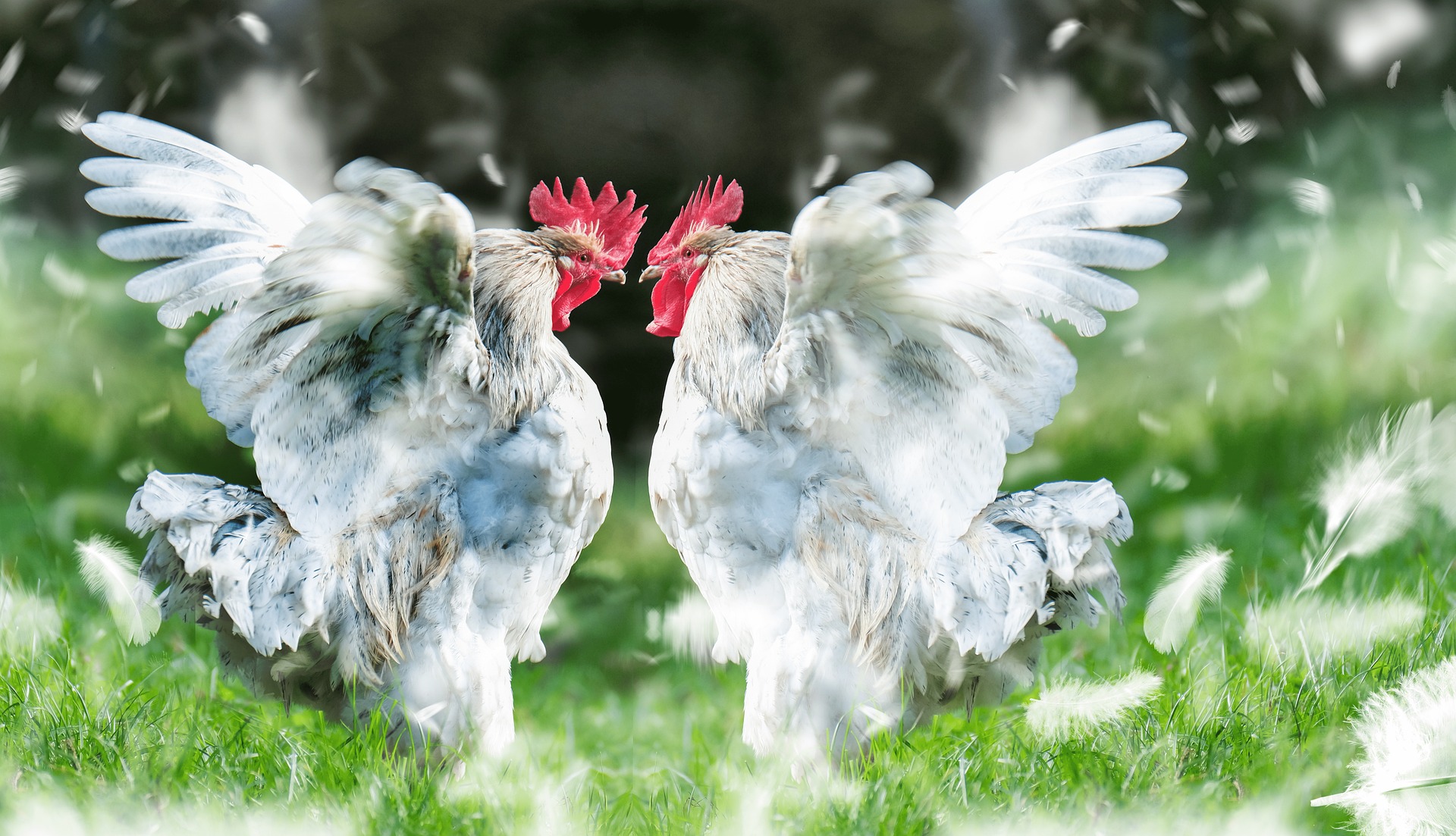Cockfighting has long been an ancient blood sport, dating back millennia. Combatants known as gamecocks (not to be confused with game birds) are specially bred and trained for increased stamina and strength in preparation for competition.
During fights between cocks, injuries may include punctured lungs and broken bones as well as being cut by razor-sharp steel blades or “gaffs.”
Cockfighting is a sport in which roosters are pitted against each other in a ring.
Cock fighting games (or “cock fights”), also referred to as gamecock fights, is an extreme form of sports competition in which roosters (known as gamecocks) are pitted against one another in an enclosed ring. Each “gamecock” is specifically bred for strength and stamina for optimal results in combative scenarios.
Natural spurs of their feet can puncture lungs, pierce eyes or break bones. Artificial bone or metal spurs may also be fitted for added effect.
These spurs can be extremely painful to roosters. Additionally, they make walking more difficult which increases their chances of falling or experiencing other injuries.
Cockfighting has long been illegal across much of the globe; in the US it is legal only in Louisiana and New Mexico.
Cockfighting is a form of gambling.
Wpc2027 is an illegal form of gambling in most nations; however, there are certain countries around the globe where cockfighting remains legal.
This violent sport is linked to other criminal activities, including gambling, drug trafficking and gang activity. Furthermore, it has been tied to acts of violence such as home invasions and assaults.
A cockfight is a form of gambling involving betting on the outcome of a fight between two gamecocks, usually with small to large sums at stake. There are many forms of bets available from small stakes bets all the way up to those made using real money.
Odds fluctuate regularly and the potential winnings can be enormous; often associated with horse racing or football betting.
Cockfighting was a popular pastime during the eighteenth century in England, and could be found across society, with both men of property and slaves competing.
Cockfighting is a form of entertainment.
Cockfighting is an age-old tradition with strong associations to gambling and other forms of entertainment, particularly in countries like the Philippines where it generates billions in annual revenues.
Cockfights typically feature two rooster fighting each other within a ring, sometimes using their natural bony spurs or sharp objects known as “gaffs”. Sometimes this fight reaches near fatality.
Before any competition commences, owners of the roosters reach an agreement on terms. They compare the size, weight and fighting record of their birds.
People negotiating bird fights also discuss how much money they hope to make from them; bets could range anywhere from several hundred to several thousand dollars, depending on the fame of each bird involved in the contests.
Many cock fighters are passionate about their sport, seeing it as an ancient tradition of courage, competition, and masculine aggression.
Cockfighting is a sport of courage.
Cockfighting, an ancient form of bloodsport dating back centuries, involves two cockerels being forced into a ring together until one is killed in combat.
Cockfighting is an inhumane sport that poses grave dangers to its participants – not only physically but also psychologically. Cockfighting may lead to injuries or even fatalities for birds involved. Owners should exercise extreme care when participating in this dangerous hobby.
In most states across the US, it is illegal for spectators to attend or possess birds used in animal fights in most states, and animal fighting paraphernalia must also be kept out of circulation.
Cockfighting may have originated in Rome and soon spread throughout the rest of the world, particularly Britain. Popular among royalty and the gentry from its inception up through to 19th century regulation (and occasionally outlawed altogether) until occasionally banned altogether.

